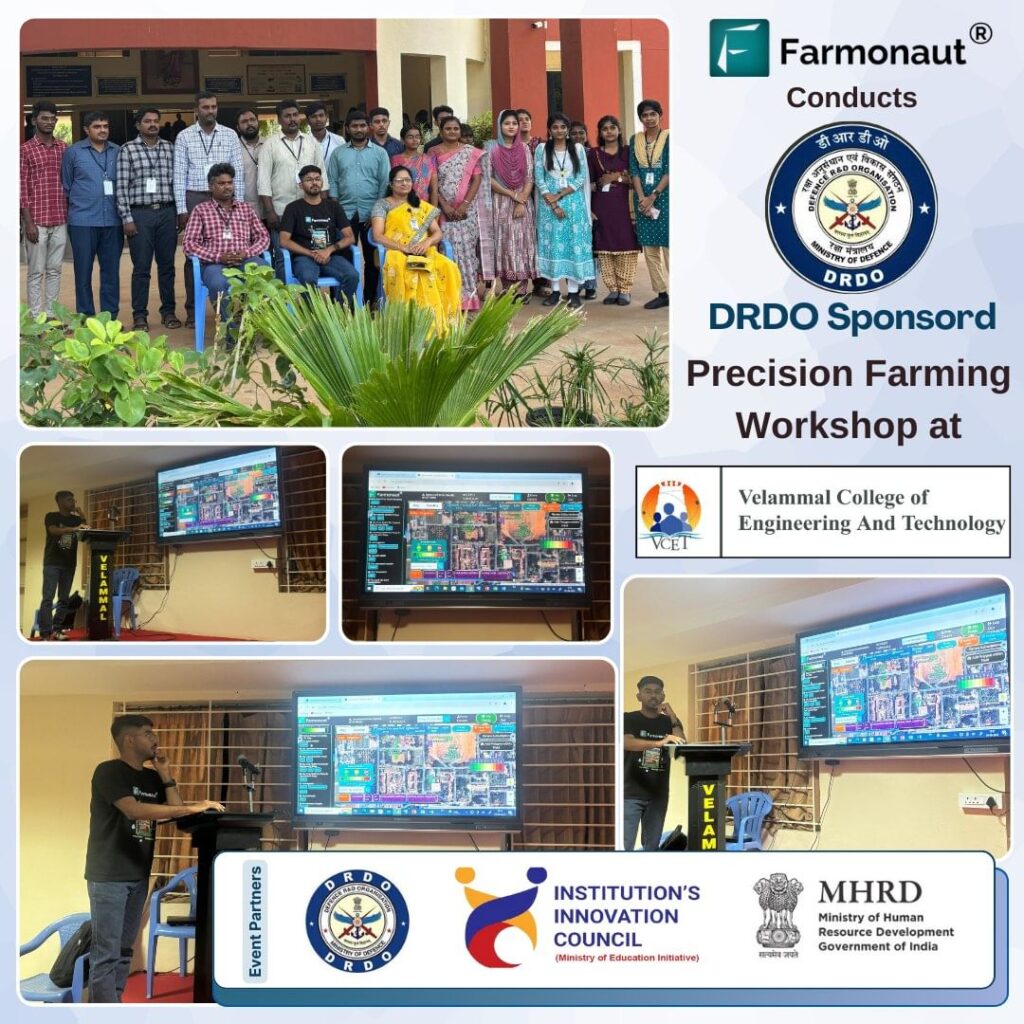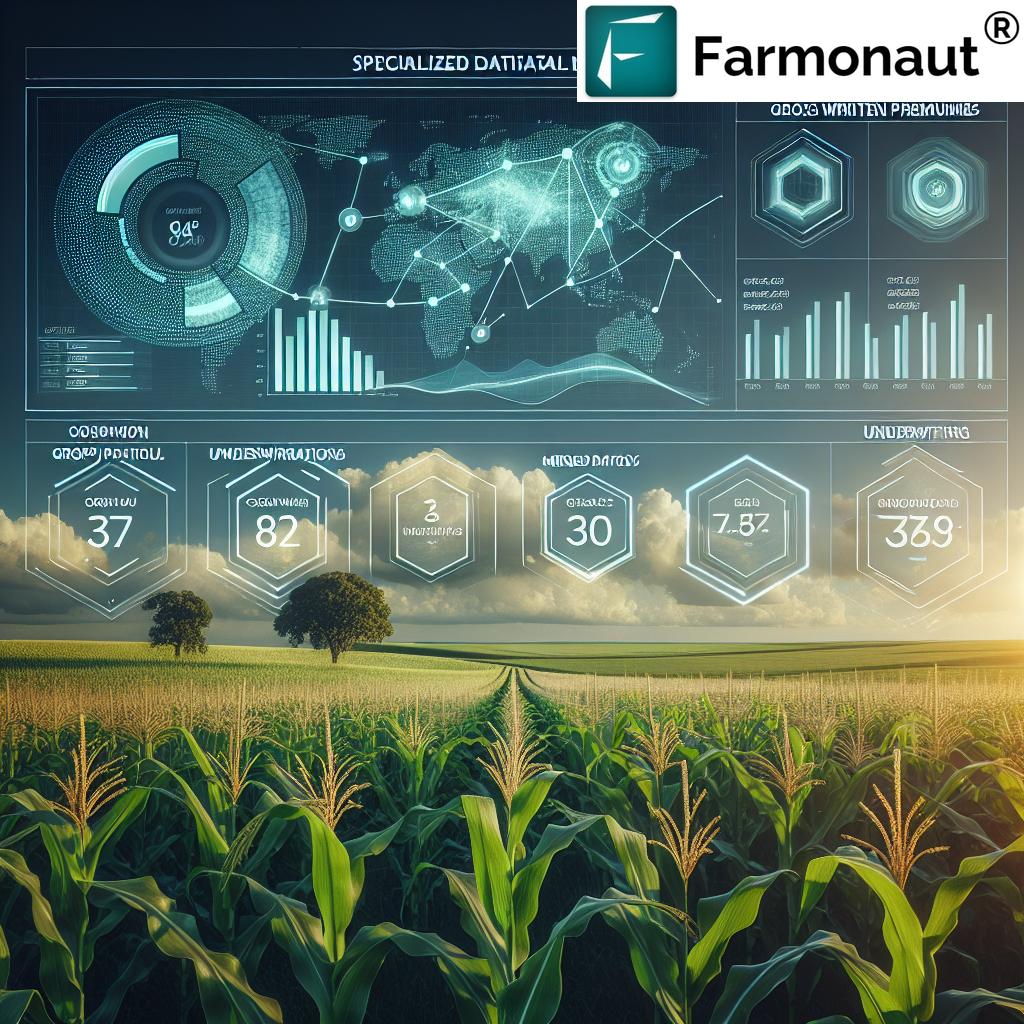Global Formic Acid Market 2024-2033: Sustainable Growth in Agriculture and Industry
“The global formic acid market is projected to grow by 127% from $2,310 million in 2024 to $5,240 million by 2033.”
In the ever-evolving landscape of global agriculture and chemical industries, formic acid has emerged as a pivotal player, driving sustainable practices and innovative solutions. As we delve into the comprehensive analysis of the global formic acid market from 2024 to 2033, we uncover a narrative of remarkable growth, technological advancements, and transformative impact across various sectors.
Understanding the Formic Acid Market Dynamics
The global formic acid market is poised for significant expansion, with projections indicating a surge from $2,310 million in 2024 to an impressive $5,240 million by 2033. This trajectory represents a compound annual growth rate (CAGR) of approximately 9.53%, underscoring the increasing demand and versatility of formic acid across multiple industries.

Key factors driving this growth include:
- Sustainable agricultural practices: The increasing adoption of eco-friendly farming methods has led to a surge in demand for formic acid as a natural preservative and feed additive.
- Silage preservation techniques: Formic acid’s role in enhancing silage quality and longevity has become crucial in modern livestock farming.
- Eco-friendly agricultural chemicals: As the world shifts towards greener solutions, formic acid’s biodegradable nature makes it an attractive option in various agricultural applications.
- Global agritech market trends: The integration of formic acid in precision farming technologies and crop nutrition solutions aligns with the broader trends in agricultural innovation.
Formic Acid in Agriculture: A Game-Changer
The agricultural sector stands as a primary beneficiary of formic acid’s multifaceted applications. From enhancing animal feed to improving crop nutrition, formic acid is revolutionizing farming practices globally.
Animal Feed Additives
Formic acid has gained significant traction as an essential component in animal feed additives. Its ability to act as a preservative and acidifier in feed, particularly for livestock such as cattle and poultry, has led to improved feed efficiency and animal health. The rising global demand for meat and protein-rich diets, especially in developing nations like China and Brazil, is further propelling the use of formic acid in this sector.
Crop Nutrition Solutions
In the realm of crop nutrition, formic acid plays a vital role in enhancing nutrient uptake and soil health. Its application in fertilizers helps in maintaining optimal pH levels in soil, thereby improving nutrient availability to plants. This aspect is particularly crucial in precision farming technologies, where targeted nutrient delivery is essential for maximizing crop yields.
As we witness the integration of advanced technologies in agriculture, companies like Farmonaut are at the forefront of revolutionizing farm management through satellite-based solutions. While not directly involved in formic acid production, Farmonaut’s innovative approach to precision agriculture complements the broader trends in sustainable farming practices that are driving the formic acid market.
Industrial Applications: Beyond Agriculture
The versatility of formic acid extends well beyond the agricultural sector, finding critical applications in various industries:
- Rubber Industry: Formic acid is extensively used in natural and synthetic rubber processing, particularly in the coagulation of latex and rubber synthesis for tire manufacturing.
- Pharmaceutical Sector: As a key intermediate in the production of various pharmaceuticals, formic acid plays a crucial role in drug synthesis and formulation.
- Chemical Manufacturing: The compound serves as a vital raw material in the production of various chemicals, including formates and oxalic acid.
- Textile Industry: Formic acid is used in dyeing and finishing processes, contributing to the textile sector’s efficiency and product quality.
“Formic acid’s versatility spans multiple industries, including agriculture, pharmaceuticals, and sustainable chemical production.”
Environmental Benefits and Sustainable Practices
One of the most compelling aspects of formic acid’s growing market is its alignment with global sustainability goals. As industries worldwide strive to reduce their environmental footprint, formic acid offers several eco-friendly advantages:
- Biodegradability: Unlike many synthetic chemicals, formic acid is readily biodegradable, reducing long-term environmental impact.
- Low Carbon Footprint: The production and use of formic acid generally result in lower greenhouse gas emissions compared to many alternative chemicals.
- Sustainable De-icing: Formic acid’s application as an eco-friendly de-icing agent for airport runways showcases its potential in replacing more harmful traditional chemicals.
The growing emphasis on sustainable practices in agriculture and industry aligns perfectly with the properties and applications of formic acid. This synergy is expected to be a significant driver of market growth in the coming years.
Regional Market Insights
The global formic acid market exhibits diverse growth patterns across different regions, each influenced by unique economic, industrial, and agricultural factors:
North America
In North America, the formic acid market is experiencing significant growth, primarily driven by:
- Increased usage in agriculture and food preservation
- Growing demand in the pharmaceutical and chemical industries
- Adoption of sustainable farming practices
Europe
The European market is characterized by:
- Stringent regulations favoring eco-friendly chemicals
- High demand in the leather and textile industries
- Increasing focus on organic farming and sustainable agriculture
Asia-Pacific
The Asia-Pacific region stands out as a rapidly growing market, bolstered by:
- Robust manufacturing sector, particularly in China and India
- Rising agricultural needs due to population growth
- Increasing adoption of modern farming techniques
Latin America, Middle East, and Africa (LAMEA)
The LAMEA region shows promising growth potential, driven by:
- Expanding agricultural sectors in countries like Brazil and Argentina
- Growing industrial applications in the Middle East
- Increasing focus on food security and agricultural productivity in Africa

Impact of COVID-19 on the Formic Acid Market
The COVID-19 pandemic has had a mixed impact on the global formic acid market. While certain sectors experienced downturns due to supply chain disruptions and reduced industrial activity, others saw increased demand:
- Challenges:
- Temporary closures of manufacturing facilities
- Disruptions in global supply chains
- Reduced demand from certain end-user industries
- Opportunities:
- Increased demand for disinfectants and sanitizers
- Growing focus on food safety and preservation
- Acceleration of sustainable and local farming practices
As the world adapts to the post-pandemic reality, the formic acid market is expected to rebound strongly, driven by the renewed focus on sustainability and food security.
Technological Advancements and Innovation
The formic acid market is not just growing in size but also in technological sophistication. Innovations in production processes and application methods are driving efficiency and opening new avenues for use:
- Green Production Methods: Research into bio-based formic acid production is gaining traction, aligning with the global push towards renewable resources.
- Advanced Formulations: New formulations combining formic acid with other compounds are enhancing its effectiveness in various applications, particularly in agriculture and animal feed.
- Precision Application Technologies: The integration of formic acid in precision farming technologies is improving its efficacy and reducing waste in agricultural applications.
While Farmonaut doesn’t directly produce or sell formic acid, its satellite-based farm management solutions represent the kind of technological innovation that complements the evolving landscape of agricultural chemicals and practices. The company’s focus on making precision agriculture accessible aligns with the broader trends driving the formic acid market in the agricultural sector.
Market Challenges and Opportunities
As with any rapidly growing market, the formic acid industry faces both challenges and opportunities:
Challenges:
- Price Volatility: Fluctuations in raw material prices can impact production costs and market stability.
- Regulatory Compliance: Stringent regulations regarding chemical usage and environmental impact require continuous adaptation.
- Competition from Alternatives: The market faces competition from alternative products in certain applications.
Opportunities:
- Emerging Markets: Untapped potential in developing economies offers significant growth opportunities.
- Research and Development: Ongoing research into new applications and improved production methods can expand the market further.
- Sustainability Trends: The global shift towards sustainable practices aligns perfectly with formic acid’s eco-friendly profile.
The Role of Formic Acid in Agricultural Supply Chain Innovation
Formic acid is playing an increasingly vital role in agricultural supply chain innovation. Its applications extend beyond direct use in farming to impact various stages of the agricultural supply chain:
- Storage and Preservation: Formic acid’s preservative properties are crucial in extending the shelf life of agricultural products, reducing waste in the supply chain.
- Transportation: Its use in preserving animal feed during transport ensures that livestock receive high-quality nutrition, even over long distances.
- Processing: In food processing, formic acid serves as an important additive and preservative, enhancing food safety and quality.
The integration of formic acid in these processes is complemented by technological advancements in supply chain management. For instance, Farmonaut’s API for satellite and weather data can be utilized by agribusinesses to optimize their supply chain operations, aligning with the efficient use of agricultural inputs like formic acid.
Global Market Forecast: 2024-2033
Based on our comprehensive analysis, we present the following market forecast for the global formic acid market from 2024 to 2033:
| Application Sector | Estimated Market Value 2024 ($ million) | Estimated Market Value 2033 ($ million) | Compound Annual Growth Rate (CAGR) | Key Growth Drivers |
|---|---|---|---|---|
| Agriculture | 925 | 2,150 | 9.8% | Sustainable farming practices, increased demand for high-quality animal feed |
| – Animal Feed Additives | 550 | 1,300 | 10.0% | Growing livestock industry, focus on animal health and nutrition |
| – Crop Nutrition | 375 | 850 | 9.5% | Adoption of precision farming, demand for eco-friendly fertilizers |
| Pharmaceuticals | 460 | 1,050 | 9.6% | Increasing drug production, research in new pharmaceutical applications |
| Industrial Chemicals | 690 | 1,560 | 9.5% | Growth in rubber and textile industries, demand for eco-friendly chemicals |
| Others | 235 | 480 | 8.3% | Emerging applications in various industries, including leather processing and cleaning products |
| Total | 2,310 | 5,240 | 9.53% | Overall market expansion driven by sustainability trends and technological advancements |
This forecast demonstrates the robust growth expected across all sectors, with agriculture leading the way in both market value and growth rate. The significant increase from $2,310 million in 2024 to $5,240 million by 2033 underscores the expanding role of formic acid in various industries, particularly in sustainable and eco-friendly applications.
Conclusion: A Sustainable Future with Formic Acid
As we look towards 2033, the global formic acid market stands at the cusp of remarkable growth and innovation. Driven by its versatile applications in agriculture, pharmaceuticals, and industrial processes, formic acid is poised to play a pivotal role in shaping sustainable practices across multiple sectors.
The projected growth from $2,310 million in 2024 to $5,240 million by 2033 is not just a testament to the increasing demand but also to the compound’s alignment with global sustainability goals. As industries worldwide strive for more eco-friendly and efficient solutions, formic acid emerges as a key player in this transformation.
In the agricultural sector, the integration of formic acid with advanced technologies like those offered by Farmonaut represents the future of farming. While Farmonaut focuses on satellite-based farm management solutions, its approach to precision agriculture complements the efficient use of inputs like formic acid, contributing to a more sustainable and productive agricultural landscape.
The challenges ahead, including price volatility and regulatory compliance, are balanced by significant opportunities in emerging markets and ongoing research and development. As we navigate these dynamics, the formic acid market is set to not only grow in size but also in its impact on sustainable industrial and agricultural practices globally.
In conclusion, the future of the global formic acid market is bright, promising, and aligned with the world’s move towards more sustainable and efficient practices across all sectors. As we embrace this growth, we look forward to witnessing the continued innovation and positive impact of formic acid in shaping a more sustainable and productive future.
FAQs
- What is formic acid, and why is it important in agriculture?
Formic acid is an organic compound used extensively in agriculture as a preservative for animal feed and a natural pesticide. It’s important because it improves feed efficiency, enhances animal health, and supports sustainable farming practices. - How does the formic acid market contribute to sustainable practices?
Formic acid contributes to sustainability through its biodegradability, low carbon footprint, and applications in eco-friendly agricultural and industrial processes, aligning with global environmental goals. - What are the major drivers of growth in the formic acid market?
Key drivers include increasing demand in agriculture, growth in the pharmaceutical and rubber industries, and the shift towards sustainable and eco-friendly chemical solutions across various sectors. - How has COVID-19 impacted the formic acid market?
COVID-19 had mixed effects, causing supply chain disruptions but also increasing demand in sectors like disinfectants and food preservation. The market is expected to rebound strongly post-pandemic. - What role does formic acid play in precision farming?
In precision farming, formic acid is used in targeted nutrient delivery systems and as part of advanced feed formulations, contributing to more efficient and sustainable agricultural practices.
For those interested in exploring innovative agricultural technologies that complement the use of formic acid in modern farming, consider checking out Farmonaut’s solutions:



















